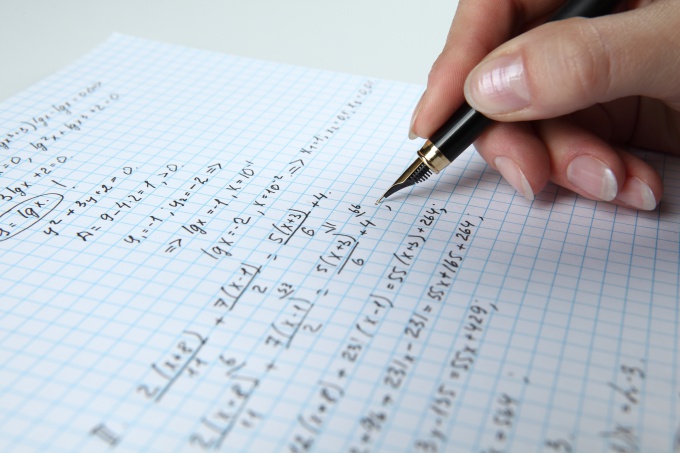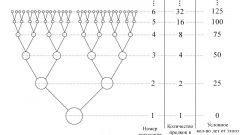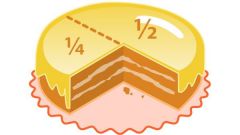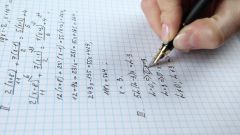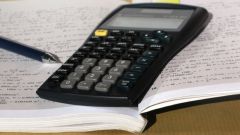You will need
- An arithmetic progression
Instruction
1
An arithmetic progression is a sequence of numbers a1, a1+d, a1+2d,..., a1+(n-1)d. The number d is called the step progression.It is obvious that the General formula for arbitrary n-th term of the arithmetic progression has the form: An = A1+(n-1)d. Then knowing one of the members of the progression, the first term of the progression and step - progression, you can determine that is the number of member progression. Obviously, it will be determined by the formula n = (An-A1+d)/d.
2
Now suppose the known m-th member of progression and some other member of the progression is n, but n is unknown, as in the previous case, but we know that n and m do not coincide.Step progression can be calculated according to the formula: d = (An-Am)/(n-m). Then n = (An-Am+md)/d.
3
If we know the sum of several elements of the arithmetic progression, and its first and last element, the number of these elements can also be determined.Sum of arithmetic progression is equal to: S = ((A1+An)/2)n. Then n = 2S/(A1+An) the number Chudinov progression. Using the fact that An = A1+(n-1)d this formula can be rewritten in the form: n = 2S/(2A1+(n-1)d). From this formula we can Express n by solving the quadratic equation.
